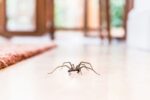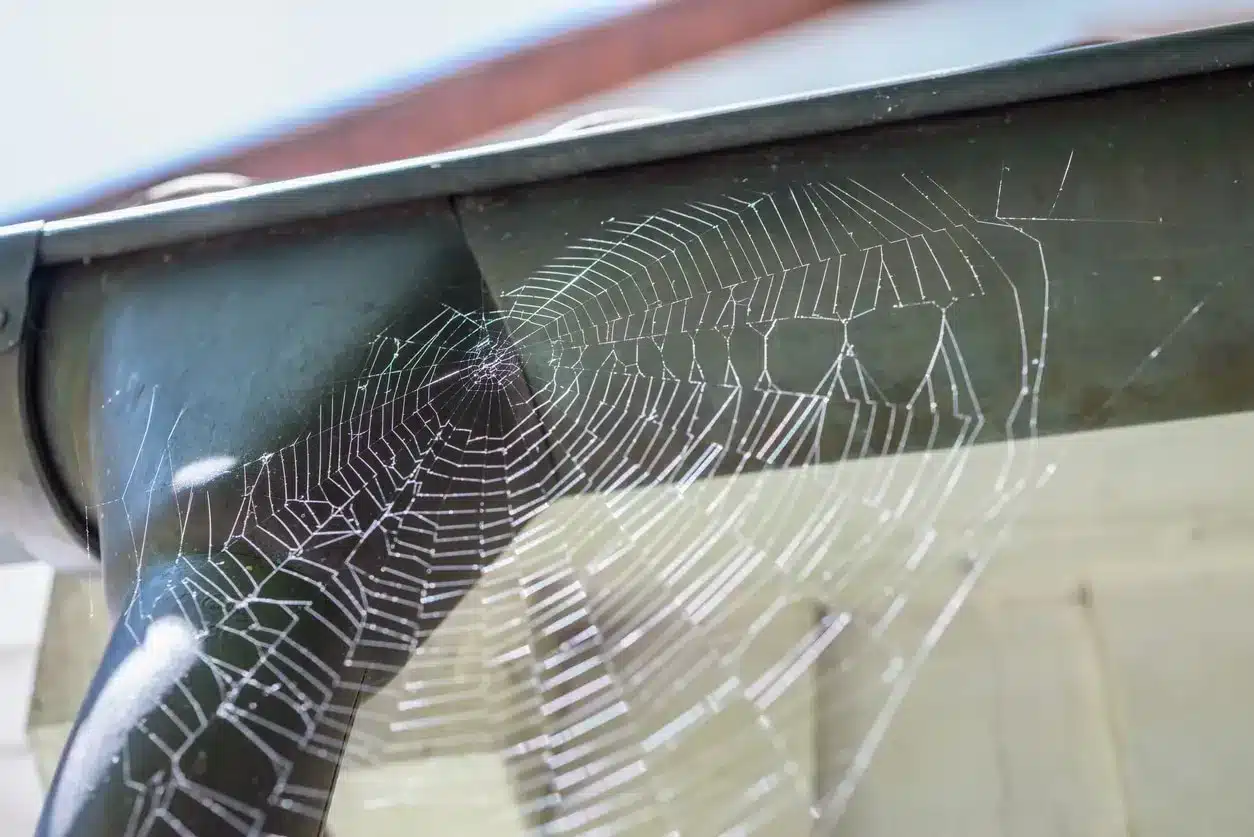
Identifying Your Spider Infestation: Venomous or Not?
Most of us reach for the nearest newspaper as a weapon or call the bravest person in our household at the first sight of a spider. Forget worrying about how to know if a spider is venomous or not—many homeowners’ first instinct is to simply ask, “how can I get rid of it?”
With about 3,000 spider species roaming around North America, a few are bound to end up in our homes. However, only a few of those pose any actual health dangers to humans—namely the brown recluse spider, the black widow spider, and the hobo spider.
Although most spiders are nuisance pests, it is important for homeowners to familiarize themselves with these more dangerous species so they can protect themselves and their families and also be prepared to act if they encounter one of these spiders in their home.
The Brown Recluse
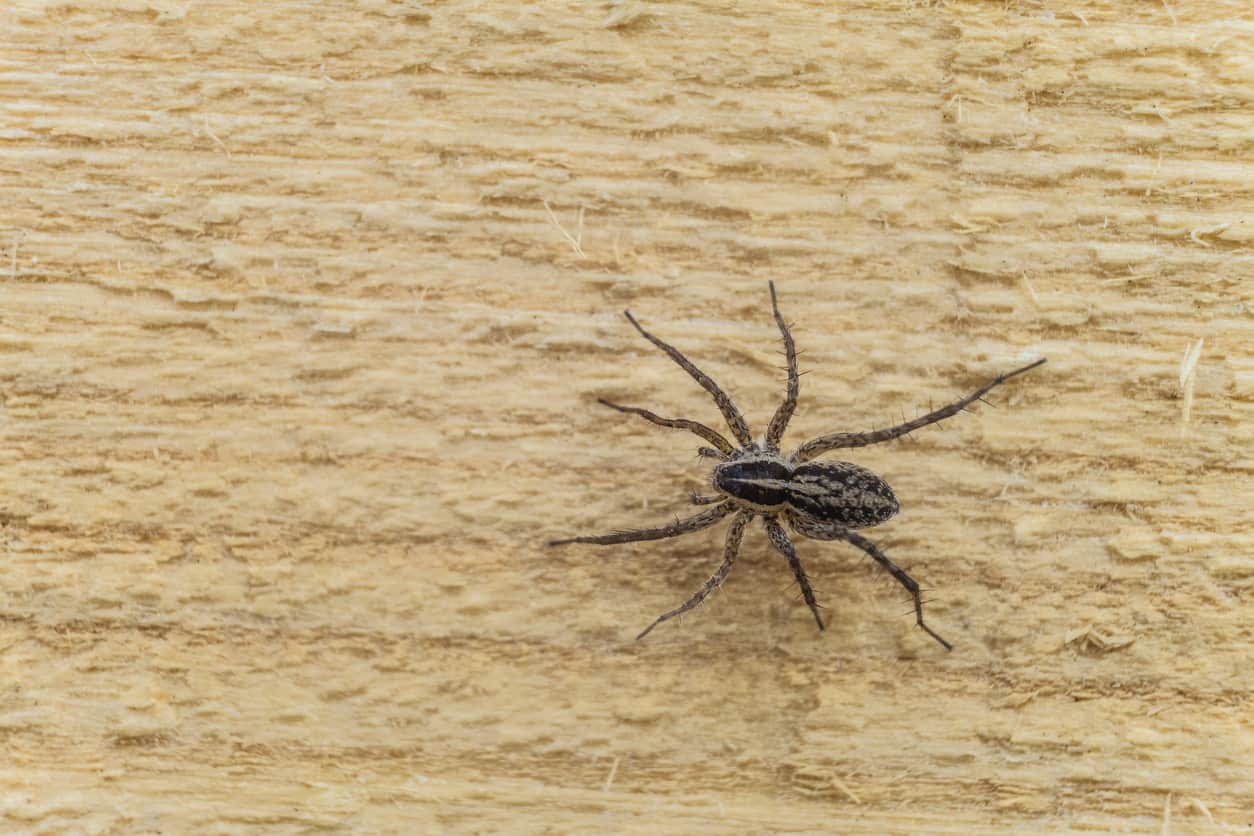
Often identified by a dark brown violin shape on its back, the brown recluse spider is predominantly found in the Midwest and Southeast of the United States. This species is well known for its “secretive” behaviors, as it prefers to take residence in warm, dry, and dark environments, such as woodpiles, basements, and closets.
This arachnid bites, usually unintentionally when it feels trapped, typically when a hand or foot reaches into a shoe or piece of clothing or a box in the attic or basement where a brown recluse has made its home. Because their bites can take three or more hours to develop and about three weeks to heal, it is important to keep an eye on the individual who was bitten.
The brown recluse venom can cause severe allergic reactions, notably in children, the elderly, or those with preexisting medical conditions.
The Black Widow
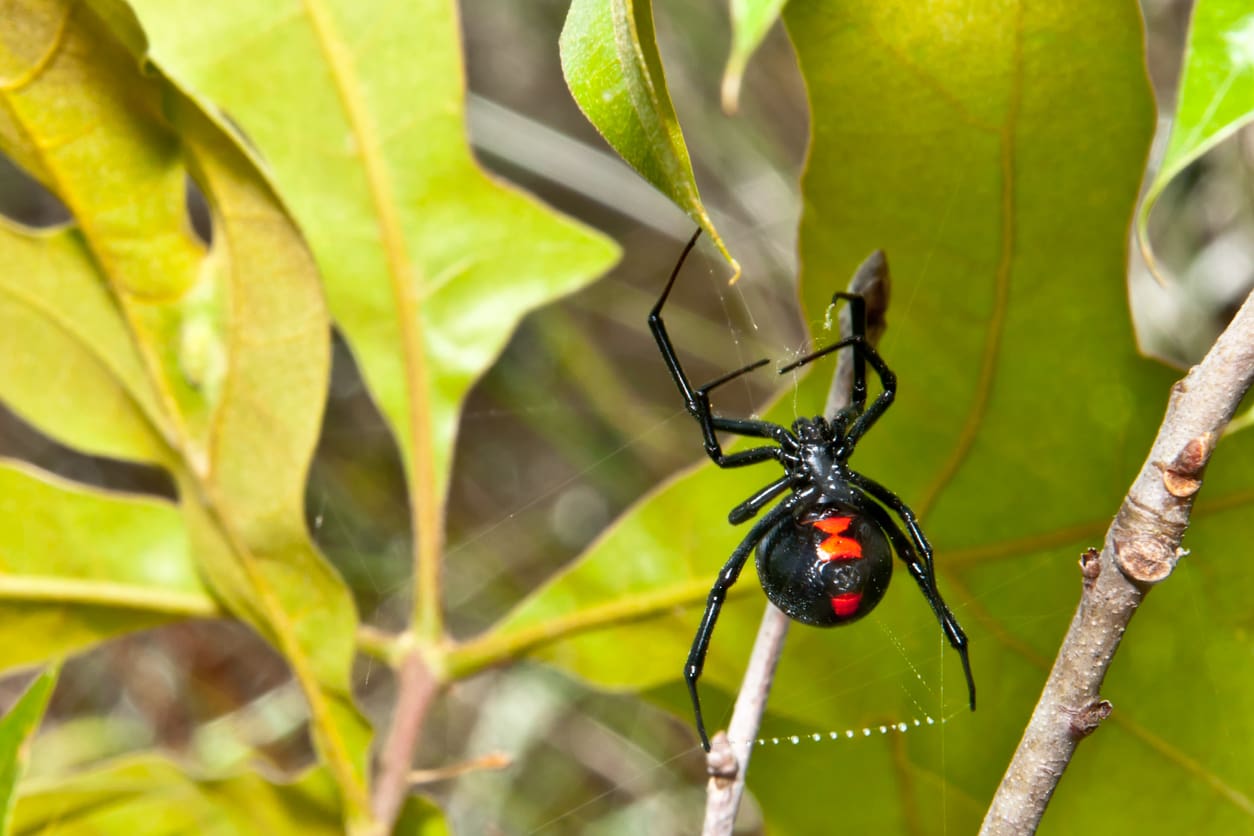
Perhaps no spider is more notorious than the black widow. From their ominous appearance to the purported, but untrue, claim that the females devour the males after mating, these spiders are quite feared as they bite when they are threatened.
Black widows are found throughout the United States but are most common in the southern and western states. These spiders are often found around wood piles and gain entry into a structure when firewood is carried into a building. They are also found under eaves, in boxes, and in other areas where they are undisturbed.
Like the brown recluse, the black widow has a distinct pattern allowing for easy identification—a black body with red “hourglass” coloration on the underside of its abdomen. The black widow venom contains a neurotoxin, which causes immediate pain at the bite site and then spreads to other areas of the body such as the chest and the abdomen. They also leave two puncture marks on the skin.
Young children and the elderly are especially susceptible to severe reactions to black widow bites.
Hobo Spiders
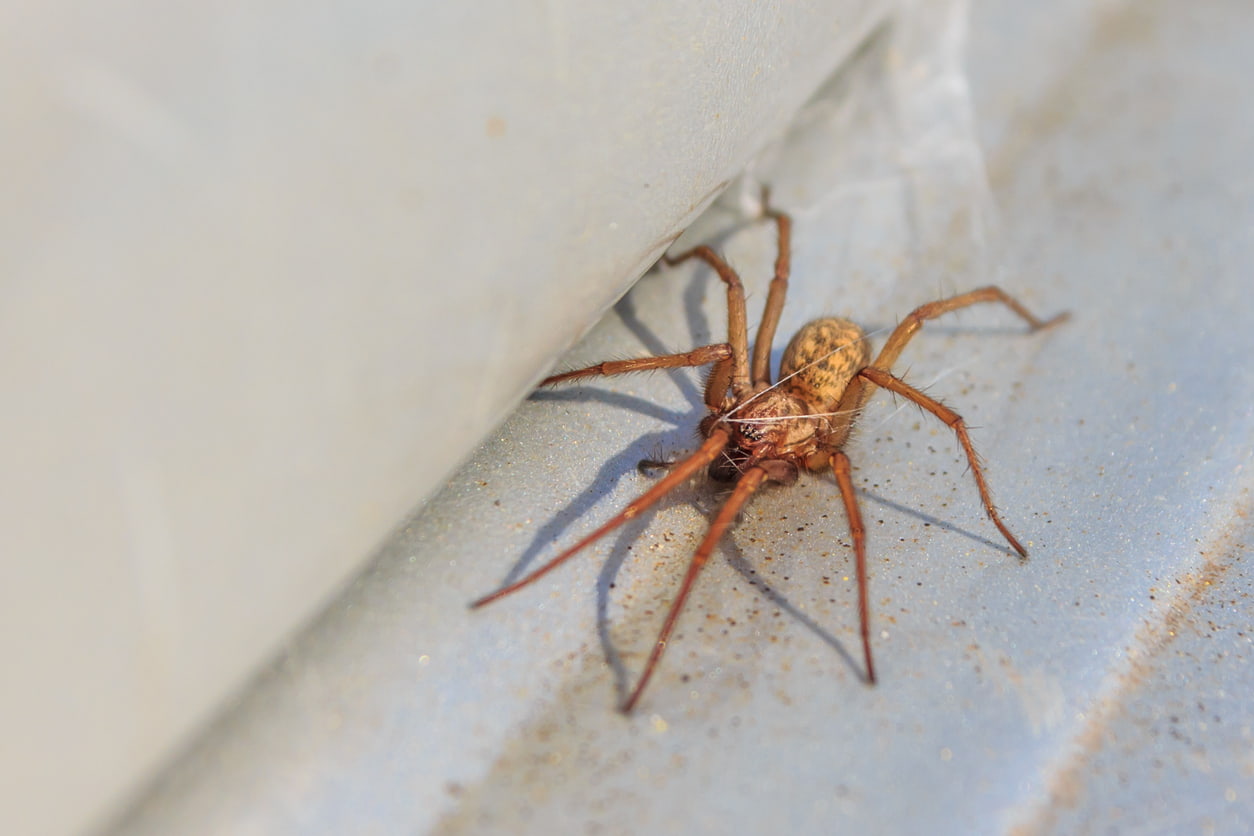
The hobo spider is found throughout the Pacific Northwest and can be identified by its distinct pattern of yellow markings on its abdomen. These spiders build their webs in holes, cracks, and recesses, and like most spiders, can be found in hiding places such as window wells and stacks of firewood, storage items, behind furniture, and in closets.
As hobo spiders are much more likely to attack if provoked or threatened, people who live in areas where this spider is found should be aware of their habits to prevent and detect infestations before they become a problem. Unlike the other spiders profiled here, the bite of a hobo spider may go unnoticed at first, but then a moderate to severe, slow-healing wound will develop.
NPMA offers the following tips to help prevent contact with spiders:
- Avoid keeping clothing and shoes on the floor, especially if in an area known for spiders; consider storing them inside plastic containers.
- Seal cracks and crevices around the home.
- Vacuum/sweep away webs in and around the home.
- Shake out all clothing that has been in the laundry basket before wearing/washing.
- Keep garages, attics, and basements clean and clutter-free.
- If a spider bites you, contact your primary care physician for medical advice.
- If you have an infestation in your home, contact a licensed pest professional to inspect and treat the pest problem.
South Florida Spider Control With Hulett Environmental
No one likes seeing spiders crawling around, regardless of if they’re venomous or just unsightly. If you need a solution to help eliminate spiders in your home, just call Hulett! Our team of expert pest control specialists will help you identify, remove, and prevent spiders from infesting your South Florida property.



